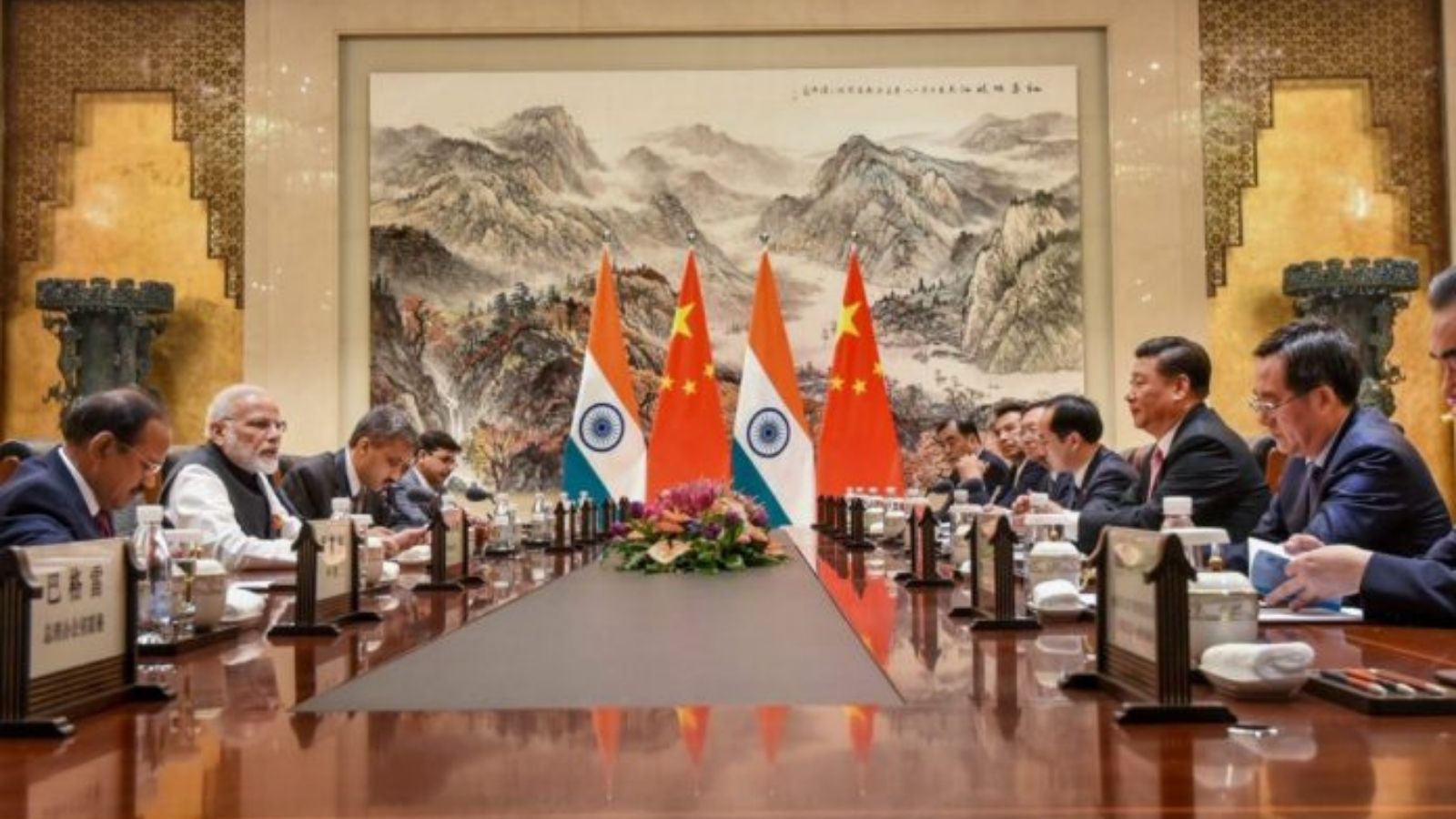By Paras Ratna, Research Associate – Strategic & Foreign Relations Practice at Rashtram
This article was published in the TheDailogue
The source of the image is Vision India Foundation
The recent Xi Jinping- Narendra Modi bonhomie in Wuhan, billed as the ‘first informal summit’ between the leaders of both the countries, has generated much brouhaha in the policy-making circles across the globe. Analysts have interpreted this in their own ways depending upon their ideological situatedness. Notwithstanding their differences, they were unanimous in acknowledging the significance of this informal summit in the backdrop of Doklam standoff. Personal diplomacy was leveraged to melt the ice between both India and China.
The choice of Wuhan, on the banks of Yangtze was made by Chinese president, Xi Jinping, so as to showcase China’s economic might. However, this rapprochement is more than what meets the eye. It took place in the backdrop of shifting geopolitical realities and thus needs to be contextualized accordingly for comprehensive understanding of the same.
Contextualizing Wuhan
Wuhan entailed discussions on a wide range of issues confronting both the countries. This “informal” summit was the result of four months of bureaucratic effort. Rhetoric aside, this summit took place when Indo-China relations had hit rock bottom post-Doklam. Besides Doklam, other issues which compounded the already intricate relationship was India’s refusal to Join Belt and Road Initiative (BRI), China’s veto on India’s NSG (Nuclear Supplier Group) along with shielding of Pakistan from terrorism related charges in the UN and its continuous forays into the South Asian and Indian Ocean neighborhood; Maldives, Nepal and Sri Lanka being the point in case.Frequent confrontations in the Himalayas, growing trade deficit in favor of China and stark divergence on the issues of regional and global importance necessitated political dialogue between both the countries.

